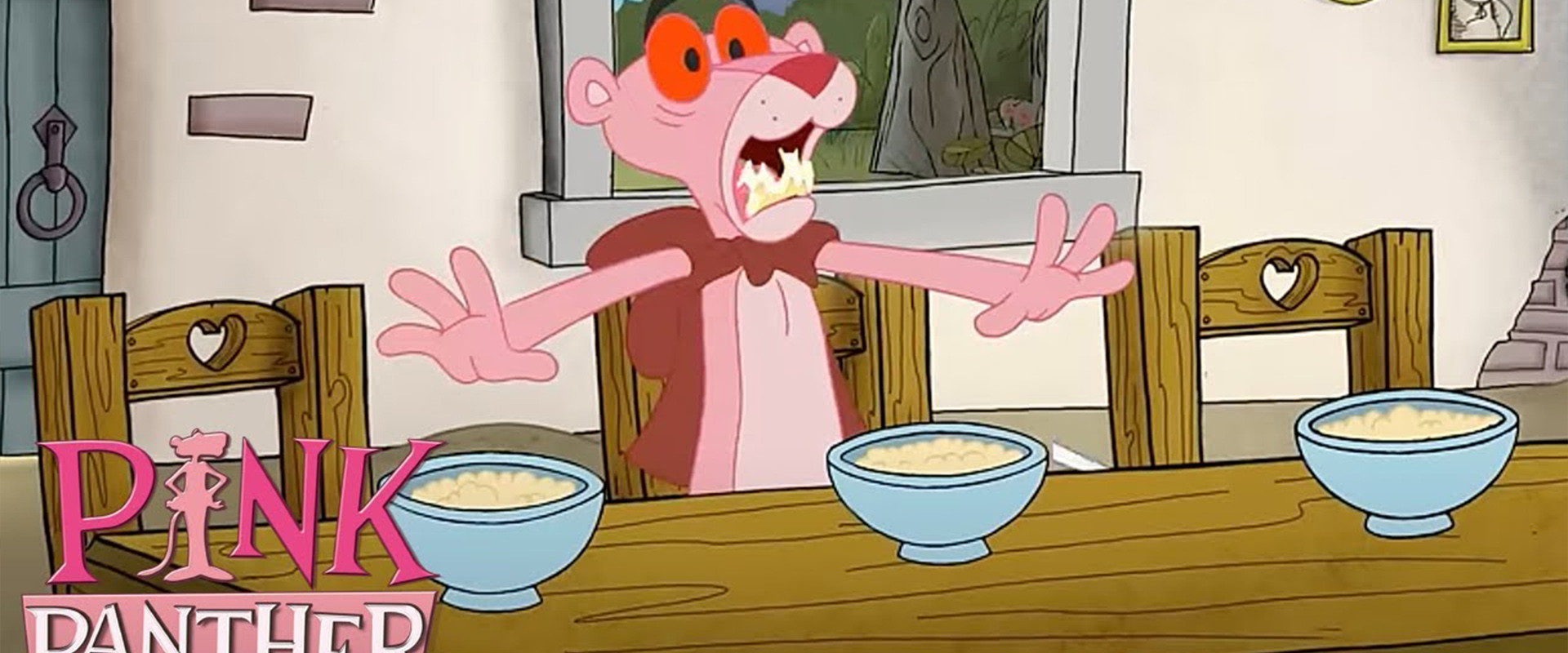How to Restore a Green, Healthy Lawn | Ask This Old House
Ask This Old House landscaping contractor Roger Cook heads to Kentucky to help a homeowner revive his lawn SUBSCRIBE to This Old House: http://bit.ly/SubscribeThisOldHouse Time: 3-4 hours Cost: $100-200 Skill Level: Moderate Tools List for Restoring a Green, Healthy Lawn: Rake BroadcastLawn spreader Wheelbarrow Shovel Hose Sprayer Lawnmower Shopping List: Dethatcher (Rental at local home center) Aerator (Rental at local home center) Lime Compost Lawn Fertilizer Grass Seed Gas for machines Steps: 1. To remove the layer of thatch that blocks water and nutrients from reaching the roots of the lawn, use a dethatcher to clean up the grass. This machine works using large tines and prongs to pull up dead grass and other debris from the grass roots. Go across the lawn in a straight line and turn and repeat. 2. Use a rake to gather all of the debris from the detatching step into piles and recycle or compost it. 3. To fight soil compaction and allow water and nutrients to reach the roots, use the aerator. It will remove plugs of soil about 2” long. Go across the lawn in a straight line and turn and repeat. 4. Before applying any nutrients to the lawn, conduct a soil test to determine any deficiencies in soil health. 5. On acidic soils (with a lower pH), use a broadcast spreader to apply lime. A lime mixture typically contains calcium and magnesium to bring up the pH of the soil. 6. Spread compost across the lawn using a rake, making sure to fill in the holes made by the aerator. This will provide nutrients for the soil and create a good seed bed. 7. The soil test will also determine the best fertilizer mix to choose. Use a broadcast spreader to put down fertilizer, following directions on the packaging. 8. Use the lawn spreader to put down a healthy layer of seed. The weather zone should help dictate what kind of seed to use. A tall fescue is best for sunny, southern climates and is more drought resistant. For northern climates, a fine fescue may be a better option. It can stay green all year, if maintained properly. 9. Use a hose and sprayer to coat the top of the soil and the seed. It’s important to keep the top of the soil moist by watering two to three times for the first two weeks. 10. When the lawn gets up to three inches tall, cut it down to two inches. However, be sure to bag the clippings and not mulch. 11. Mow regularly after to maintain a healthy look. About Ask This Old House TV: Homeowners have a virtual truckload of questions for us on smaller projects, and we re ready to answer. Ask This Old House solves the steady stream of home improvement problems faced by our viewers—and we make house calls! Ask This Old House features some familiar faces from This Old House, including Kevin O Connor, general contractor Tom Silva, plumbing and heating expert Richard Trethewey, and landscape contractor Roger Cook. Follow This Old House and Ask This Old House: Facebook: http://bit.ly/ThisOldHouseFB Twitter: http://bit.ly/ThisOldHouseTwitter http://bit.ly/AskTOHTwitter Pinterest: http://bit.ly/ThisOldHousePinterest Instagram: http://bit.ly/ThisOldHouseIG http://bit.ly/AskTOHIG Tumblr: http://bit.ly/ThisOldHouseTumblr How to Restore a Green, Healthy Lawn | Ask This Old House https://www.youtube.com/user/thisoldhouse/"




















